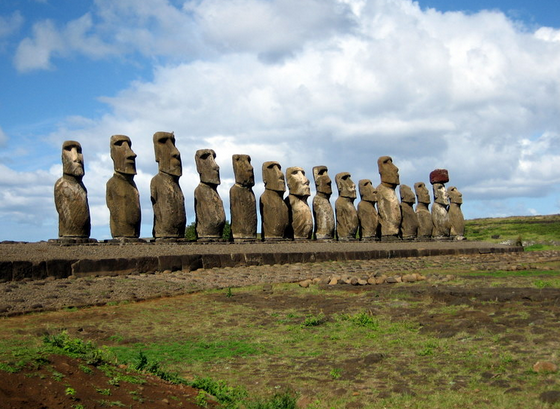The mystery of Easter Island’s ‘vanishing’ people has got even more puzzling

New research has thrown light on the ancient people of Easter Island – but may have made the mystery of how they ‘vanished’ even more puzzling.
The ancient Easter Island people carved and transported the island’s 900 large statues on the island by hand – but by the time missionaries arrived, few were left.
Several books have dwelt on the idea that the civilisation on the island declined before Europeans arrived, due to internal conflict or over-consumption.
MOST POPULAR STORIES ON YAHOO UK
Theresa May’s keynote Conservative Party conference speech interrupted by P45 stunt
Stourbridge murder: Homeless Aaron Barley jailed for life for stabbing mother and son
Donald Trump said he turned his back on ‘dying’ man aged 80 because it was ‘disgusting’
Boris Johnson slammed by top Tories over ‘dead bodies’ Libya comment
Final MH370 report calls plane’s disappearance an ‘almost inconceivable’ mystery
New research suggests that the island could have had up to 17,500 inhabitants – more than most estimates, and far more than the mere 1,500-3,000 encountered by missionaries in the 18th century.
Some have attributed the ‘vanishing’ to Polynesian rats damaging the tree population – or to ‘ecocide’, where the inhabitants exhausted the island’s resources.

Dr. Cedric Puleston of the University of California said, ‘Despite its almost complete isolation, the inhabitants of Easter Island created a complicated social structure and these amazing works of art before a dramatic change occurred.
‘We’ve tried to solve one piece of the puzzle — to figure out the maximum population size before it fell. It appears the island could have supported 17,500 people at its peak, which represents the upper end of the range of previous estimates.”
‘If the population fell from 17,500 to the small number that missionaries counted many years after European contact, it presents a very different picture from the maximum population of 3,000 or less that some have suggested.’

 Yahoo News
Yahoo News 
